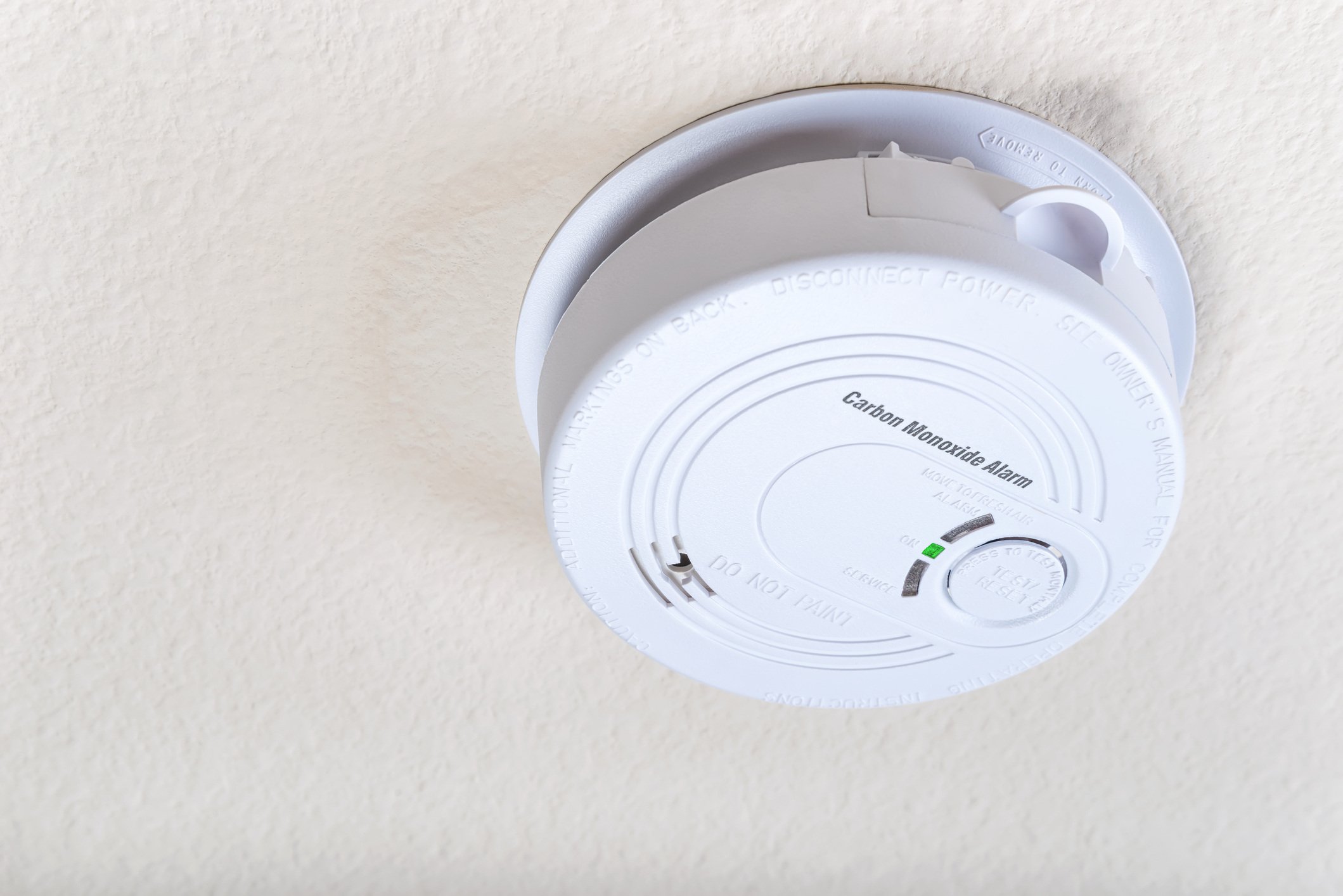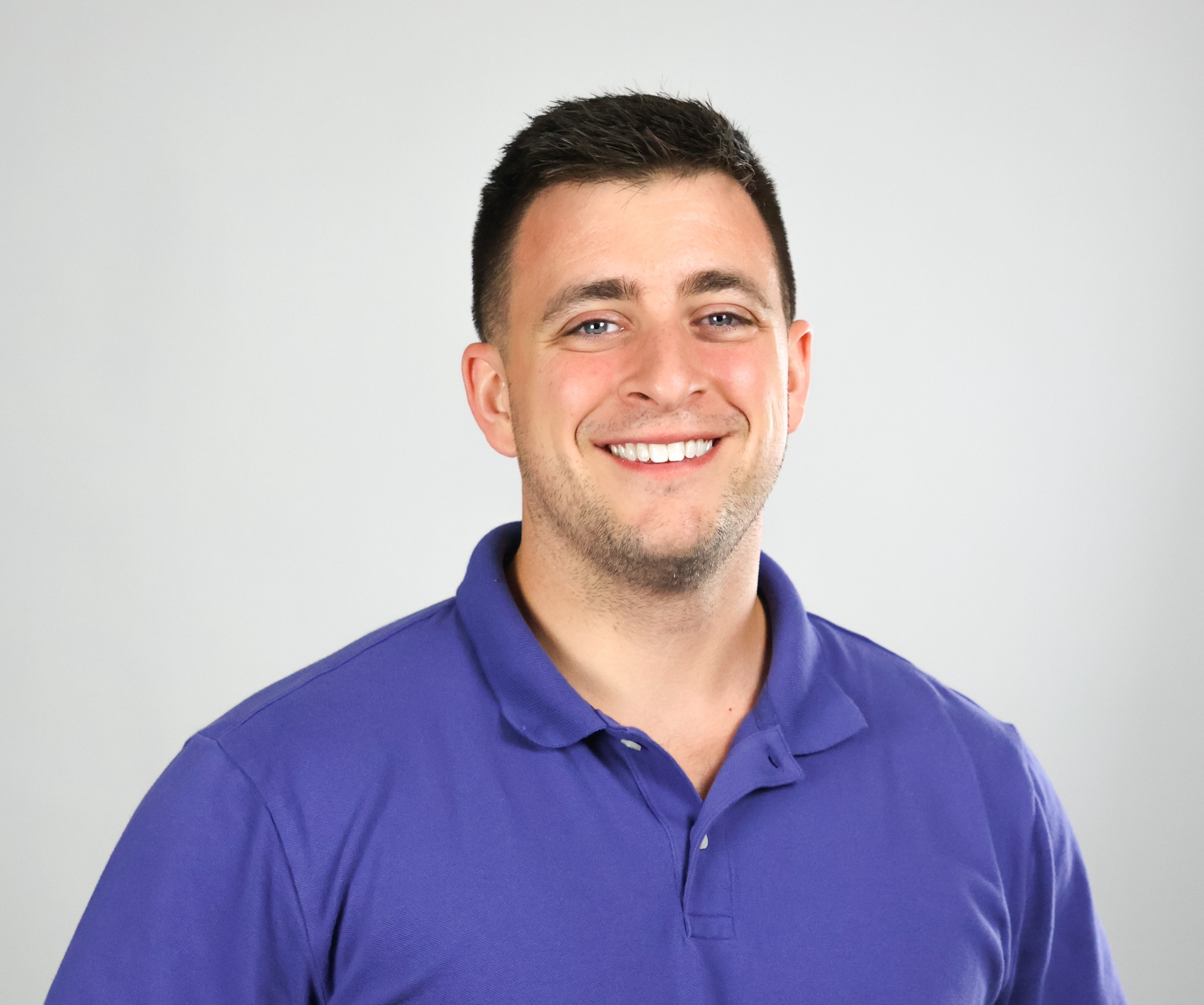If you own or manage multifamily housing properties, you know there are many risks to consider daily, including fire danger, water damage, electrical issues, and property security.
Unfortunately, there's no way to prevent all accidents and incidents. It's impossible. Mitigating these risks is just part of the job. Luckily, there are several common-sense building upgrades that can help property owners, property managers, and maintenance personnel do that job. These upgrades can limit or completely prevent devastating losses—saving time, money, and most importantly, lives.
Moreover, eligible HAI Group members* that make these upgrades can submit for project reimbursement through our Loss Prevention Fund.
Install stovetop fire suppression devices
Unattended cooking is the leading factor in cooking fires, which account for half of all reported home fires in the U.S., according to the latest National Fire Protection Association (NFPA) report on residential cooking fires. Cooking fires are twice as likely to occur in apartments than in one- and two-family homes. 
Stovetop fire suppression devices—such as these from Auto-Out Cooktop Fire Protection— are designed to extinguish unattended cooking fires before they spread from the stovetop. (Note: If you're an HAI Group member, Auto-Out canisters are available at a special discounted price.)
Kelli Esposito, a certified apartment supplier at Auto-Out, said the canisters attach with a magnet to the underside of a vent hood.
"The canisters are flame activated as opposed to human intervention, which is important because most grease fires start when someone has walked away from the cooktop," Esposito said.
The primary fire-suppression agent in Auto-Out canisters is baking soda, which releases carbon dioxide, removing the oxygen that feeds flames.
"The worst thing you can do is pour water on a grease fire," Esposito said. "Since oil and water do not mix, pouring water can cause the oil to splash and spread the fire even worse."
Replace faulty circuit breakers and fire panels
Circuit breakers prevent circuits from overheating, but aging or faulty circuit breakers may not trip as designed in the event of a power surge. If a circuit breaker doesn't work correctly, it can cause sparking and possibly fire.
-jpg-1.jpeg?width=868&name=GettyImages-958981314%20(1)-jpg-1.jpeg)
There are about 46,700 residential fires per year involving electrical failures or malfunctions, according to the National Fire Protection Association.
Over the years, the U.S. Consumer Product Safety Commission (CPSC) has recalled several commercial circuit breaker models, including Square-D GFCI breakers, Square-D arc fault breakers, and Federal Pacific Electric panels. If you're uncertain whether your breakers have been recalled or are defective, check the CPSC website and consult with a certified electrician.
Fire panels are used in multifamily buildings to activate a quick emergency response when there's a fire to save lives and minimize building damage. They typically can automatically alert the fire department or a third-party emergency services company if a fire alarm is triggered. Fire panels can also be used to communicate with elevators, door closers, and smoke control systems in an emergency.
IIf a building's fire panel is damaged or defective, there's the potential that this emergency communication will not work, which can have devastating effects. It's critical to ensure a building's fire panel is in good working order and replace any damaged or defective panels.
Update security equipment
Security enhancements such as cameras, fencing, and key fob entry systems can help residents feel safer, deter criminals, prevent unauthorized building entry, and help with incident investigations.
Security equipment is only helpful if it works. That's a lesson Phylicia Adams, executive director of Stonington (CT) Housing Authority, and her team found out after the organization experienced several minor incidents. A resident's plant was stolen, and then later, someone poisoned a resident's plant with a chemical. The organization's camera system was old and often failed to record footage, making it impossible to investigate these incidents thoroughly.
"We called the police because we don't want some person just having random chemicals on-site," Adams said. "That could be dangerous, and having more cameras could have helped us in that situation. We suspected who was responsible, but we didn't have any real proof; we didn't have video evidence."
After consulting with HAI Group's Risk Control and Consulting team, Adams learned about the Loss Prevention Fund Program, a member-only reimbursement grant for safety-related investments. She applied on behalf of her organization in 2020 and received just under $19K to reimburse the cost of new cameras.
Adams said residents feel safer in the community with working cameras.
"If something happens, we know that we can always go back, retrieve that data, and help our residents," she said.
For example, a taxi drove onto the property to drop someone off, and the driver bumped into a resident's car and drove away.
"The resident came to us and wanted to know if we had it on camera, and we did," Adams said. "So we were able to provide that footage to his insurance company to help him resolve the issue. He was so grateful for that."
 An outdated (or non-existent) key control program can pose serious safety and security risks for multifamily affordable housing organizations.
An outdated (or non-existent) key control program can pose serious safety and security risks for multifamily affordable housing organizations.
"We've been seeing a lot of security issues and claims related to poor key management," said Elizabeth Owens, HAI Group's director of risk control and consulting.
When it comes to key management, the safety of residents and employees is first and foremost, noted Jesse Larson, business development manager for InstaKey Security Systems.
"Most organizations don't focus on their door security needs until there's an actual security breach; until there's an actual missing master key, an unforced entry, or some scenario that has created a liability for the organization," Larson said. "That's generally when the first thought of 'oh what do we do now' occurs."
An effective key management program results in operational efficiency (less time finding out which keys exist), cost controls (spend less money on lock hardware and changes), and enhanced security (reduce your liabilities).
Install hard-wired carbon monoxide detectors
Carbon monoxide, a naturally occurring gas, is commonly referred to as the "silent killer" since it is colorless, odorless, and tasteless. Many household items produce harmless amounts of carbon monoxide fumes. However, when these items are damaged or improperly installed, they can raise carbon monoxide concentrations to hazardous levels.
A new federal law requires carbon monoxide alarms or detectors in housing units subsidized by the U.S. Department of Housing and Urban Development by December 27, 2022.
The requirement applies to:
-
Supportive housing for the elderly and persons with disabilities;
-
traditional public housing units;
-
rental housing for which the owner receives low-income voucher assistance; and
-
certain rural housing.
Even if a building already has carbon monoxide detectors, it's vital to ensure they are working correctly. Replace detectors every seven to 10 years or according to the manufacturer's instructions. The installation of hard-wired carbon monoxide detectors (with battery backup) is highly recommended for increased reliability.
Retrofit drainage trenches in front of elevator doors
Automatic fire sprinklers play an essential role in fire safety. As a side effect, sprinklers can cause significant water damage. Each sprinkler head can release between 8 and 40 gallons of water per minute, depending on the system.
Water damage to elevator components is a typical insurance claim related to fires. Elevator drainage trenches (also called elevator channel drains)can be installed in front of elevator doors to prevent water from seeping into shafts and causing damage.
In addition to limiting water damage, these drains also prevent water from cascading onto firefighters and evacuees.
Revamp fire doors
Fire doors are a critical part of multifamily building safety. When closed, they form a barrier to stop or delay fire spread. Because of their importance, maintenance staff should inspect fire doors regularly.
Due to safety measures, many organizations put preventative maintenance programs on hold during the pandemic. With organizations transitioning back to normal operations, now's the time to revamp fire door programs.
Fire doors should comply with NFPA 80, Standard for Fire Doors and Other Opening Protectives. The standard states in part that fire doors, including self-closing doors, should be kept in working condition and that fire door repairs should be made without delay.
Add water mitigation technology
Water damage in multifamily properties has many sources, from pooling water on flat roofs to frozen pipes, ice dams, and HVAC issues. Over an extended period, even a tiny leak can lead to significant damage.
There's technology on the market—including leak, flow, and heat detectors—to help organizations catch these water issues before it's too late.
Leak detectors use sensors to monitor for water leaks. They can be placed on water lines throughout a building and set to send notifications if a leak is detected. Certain models can also automatically shut the water valve at the same time.
Similarly, flow detectors can be installed on water lines to help monitor the speed of flowing water. When pipes freeze, water can't flow properly. Flow detectors can alert staff about the presence of frozen pipes before they burst. Temperature sensors can also be installed along water lines to detect dropping temperatures and alert staff. Some models even apply heat to the pipe to help prevent freezing.
Contact our Risk Control and Consulting team for more resources and answers to your housing organization’s risk-related questions.
Interested in working with HAI Group? Have questions about your coverage? Our Account Services team is ready to assist you.
*Applying organizations must be individual members of HAI, Inc., as defined in Article II of the Bylaws of HAI, and must comply with all program requirements.
This article is for general information only. HAI Group® makes no representation or warranty about the accuracy or applicability of this information for any particular use or circumstance. Your use of this information is at your own discretion and risk. HAI Group® and any author or contributor identified herein assume no responsibility for your use of this information. You should consult with your attorney or subject matter advisor before adopting any risk management strategy or policy.
HAI Group® is a marketing name used to refer to insurers, a producer, and related service providers affiliated through a common mission, management, and governance. Property-casualty insurance and related services are written or provided by Housing Authority Property Insurance, A Mutual Company; Housing Enterprise Insurance Company, Inc.; Housing Specialty Insurance Company, Inc.; Housing Investment Group, Inc.; and Housing Insurance Services (DBA Housing Insurance Agency Services in NY and MI).

-jpg.jpeg)



.png)
.png)
